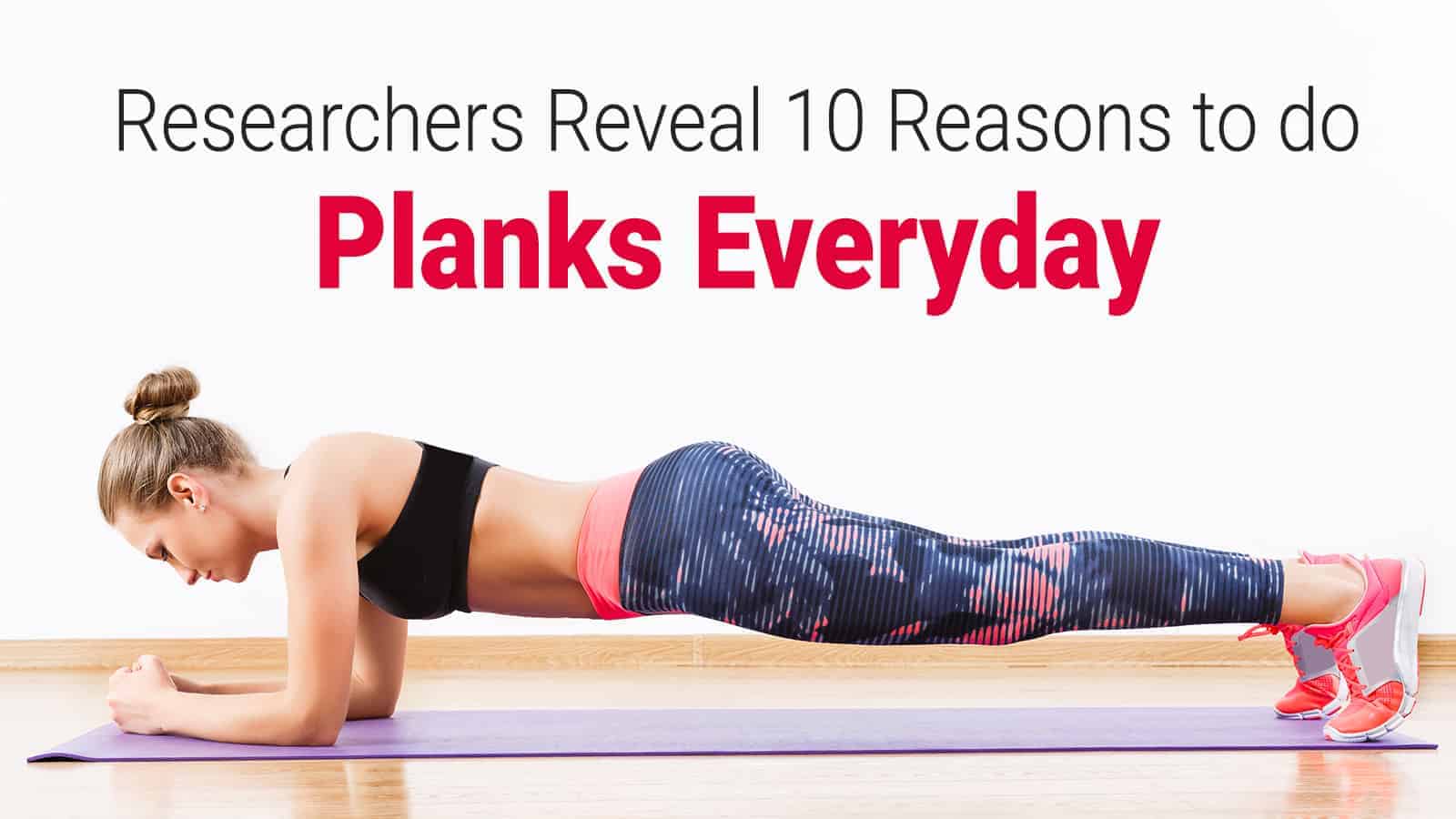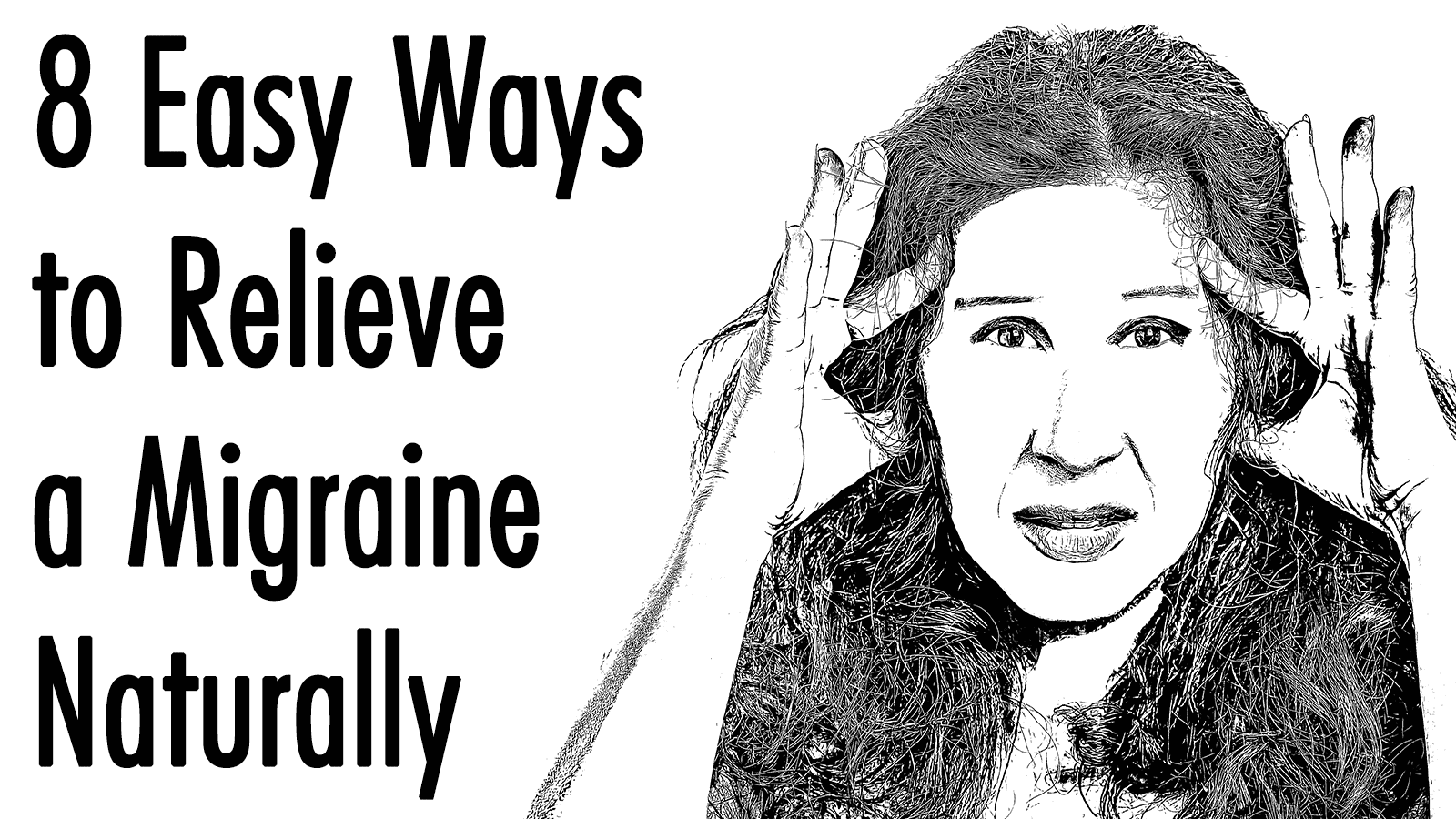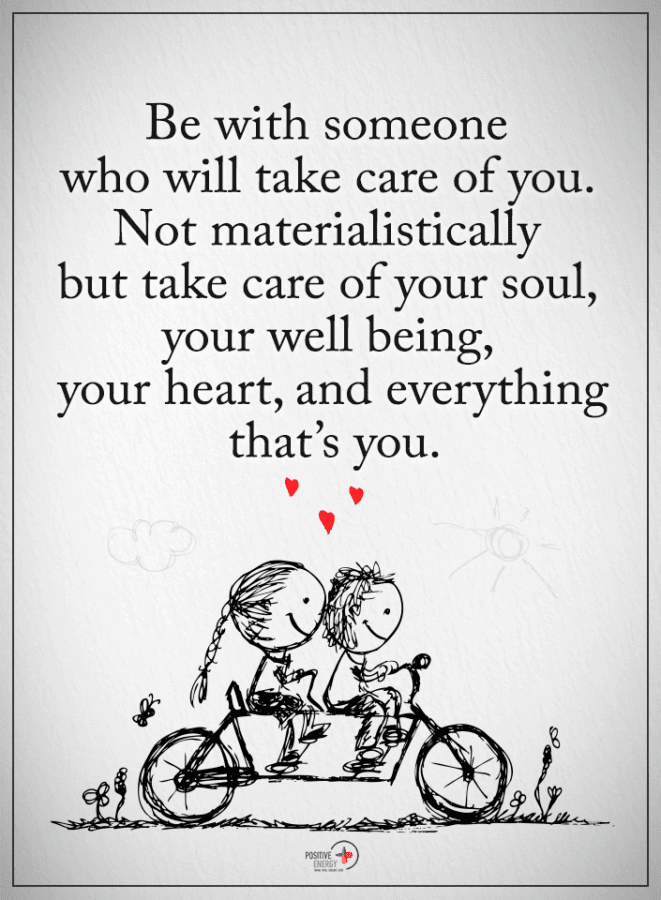Respect is a basic human need, and every single human deserves respect, although we don’t always know how to get it. In this article, we will look at some ways to ask for and get the respect that you deserve.
Abraham Maslow wrote about self-respect and respect for others in his 1943 paper “A Theory of Human Motivation” that lists a hierarchy of needs, starting with our most basic, functional needs and progressing to higher levels of emotional fulfillment needs. Maslow said that ‘Satisfaction of the self-esteem need leads to feelings of self-confidence, worth, strength, capability and adequacy of being useful and necessary in the world.’
Because we live in a society where we rely on others to provide things that we do not make ourselves, this need for respect is almost as necessary as the need for food, water, and shelter. Failing to feel respected can lead to depressed mood and feelings of low self-worth.
7 Ways To Get The Respect You Deserve
When you think about the people you most respect and admire, they are selflessly confident in how they carry themselves and in how they act. This self-confidence comes from asking for, and getting the respect that they deserve. You can learn to do this too and have people respect you as a role model for exceptional behavior.

1. Ask for it
Some people, especially jealous or stingy people, are unlikely to give you respect unless you tell them to do so. By not asking for it, you imply that you don’t need it or expect it. Direct people are able to state their needs without fearing what will happen if they do.
2. Use your very best posture
Standing erect states to others that you refuse to be disrespected because you are not a spineless person. The expressions that we use come from the postures that we use to communicate to others with our bodies and the term ‘spineless’ comes from this.
3. Use effective eye contact
Looking down, looking to the side, looking up; looking everywhere except at the person who is speaking to you means that you are not going to get the respect you deserve. Meet the gaze of anyone you are dealing with, confidently, and competently by using these tools.
Related article: 5 Ways To Spot Someone With Hidden Motives
Staring is rude and is seen as aggressive, but making solid eye contact is assertive. Try looking at one eye of the person you are facing until you notice you have been looking at the eye for a long time, move your gaze to the eyebrow above the eye for a brief second, then to the other eye. After a length of eye contact with that eye, again move your gaze to the eyebrow and then back to the first eye.
Looking at the eyebrow or the area above the eye is a way of asserting dominance over the person you are speaking with. Looking lower than the eye level is a sign of being passive. These subtle eye contact clues are the ways that people use to judge whether or not you think you deserve respect for yourself.
4. Keep track of your success and be ready to tell others about it
You do more than you think you do, whether it is for your family, your boss or your friends. In fact, you may have forgotten some of your best achievements, just because you didn’t take enough time to congratulate yourself on that achievement.
Being able to tell others about your past success helps them to see what a capable person you are, while at the same time affirming that to yourself as you say the words aloud to someone else. Researchers studying respect and cooperation found that people who feel respected are more likely to contribute more to a group work environment.
Tell yourself ‘I did an amazing job today on ___ and I’m so proud of myself.’ What you would say to your boss, for example, sounds more like this ‘I approved the payroll and I finished the presentation for tomorrow and it’s only 11:00. Do you have other responsibilities that you could delegate to me?’ This says that you are capable by giving specific examples of your work efficiencies and lets your boss know that you can handle more as well.
5. Get used to other people being unhappy with you
When you set appropriate boundaries, you are more likely to get the respect you deserve. However, you are also more likely to make other people unhappy. Let yourself be okay with not having to please others. You are more important, and if you are asking for something you need, do not back down because the other person is unhappy about it.
6. Avoid rising inflection
Do not make your statements into questions. A rising tone to your voice at the end of a statement sounds like a question. Asking, instead of stating what you need is the difference between getting what you want and letting other people choose for you.

Related article: 7 Things Introverts Need to Know About Relationships
7. Command it
Insist upon getting respect when you feel disrespected. Tell people exactly what behavior they did or words that they used to disrespect you, and tell them what you need them to say to you or do for you instead. Do not accept less than what you deserve.









